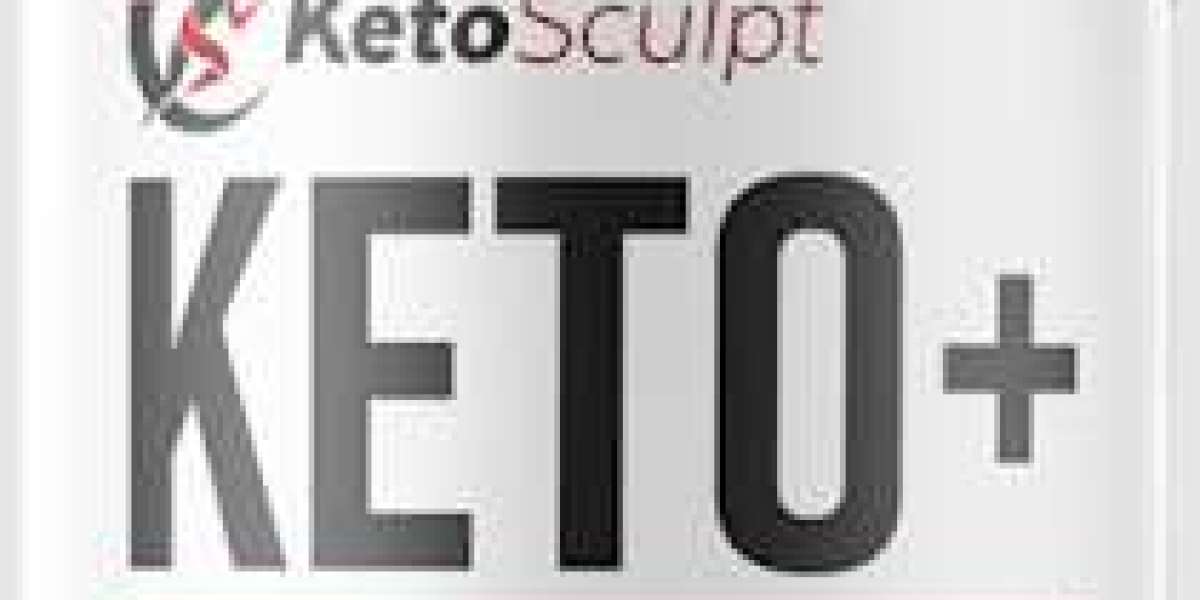In 2025, medical technology isn’t just about machines—it’s about transforming lives. One of the most remarkable examples of this transformation is Deep Brain Stimulation (DBS), a treatment that once sounded like science fiction but is now helping thousands regain control over their bodies and minds. What’s even more powerful than the science? The real stories of individuals who have gone from tremors to triumph with the help of DBS.
Understanding DBS: A Quick Overview
Before diving into the personal journeys, it’s important to understand what DBS actually is. Deep Brain Stimulation involves implanting a small device, somewhat like a pacemaker, that sends electrical impulses to specific areas in the brain. It’s most commonly used to treat Parkinson’s disease, essential tremor, and dystonia, and it’s also being studied and approved for depression, OCD, and epilepsy.
Unlike medication, which affects the whole body, DBS works directly at the neurological level. The device is usually implanted in a minimally invasive procedure, and once programmed, it can dramatically reduce symptoms like tremors, rigidity, and even mood disturbances.
Meet Ravi: The Parkinson’s Warrior
Ravi Kumar, 61, from Pune, India, had been living with Parkinson’s disease for nearly a decade. "At first, it was a little shaking in my left hand. I thought I was just tired," Ravi says. But by 2022, daily tasks became impossible without assistance. Medication helped for a while, but its effect faded too quickly and came with side effects.
In 2023, Ravi’s neurologist suggested DBS. "I was nervous," he admits, "but I wanted to live again, not just survive."
The surgery was done in early 2024. "The difference was almost immediate. My hands stopped shaking, and I could write my name again after 5 years. It felt like magic." Today, Ravi paints, cooks, and even teaches part-time—all things he thought he had lost forever.
Sarah’s Battle with OCD: Finding Calm in the Chaos
For 29-year-old Sarah from Manchester, OCD had been a silent tormentor since childhood. "Everyday rituals took hours. I couldn’t hold a job, go to college, or even enjoy a simple meal." Medications and therapy helped, but the relief was inconsistent.
In 2024, Sarah enrolled in a clinical trial for DBS in treatment-resistant OCD. "It wasn’t an easy decision, but I was desperate for peace." The device was implanted targeting her subthalamic nucleus, and over the next few months, her obsessive thoughts started to quiet down.
"Now, I can leave the house without checking the stove five times. I can sleep. I can breathe," she says with tears in her eyes. For Sarah, DBS didn’t just treat symptoms—it gave her a life.
Why These Stories Matter
There’s something undeniably powerful about hearing from people whose lives have been changed by medical technology. While data, clinical trials, and research are vital, personal narratives put a human face on innovation.
In 2025, DBS is not just a last resort for advanced cases—it’s becoming a frontline option thanks to:
Improved battery life and device miniaturization
Remote programming using smartphone apps
More precise targeting using real-time brain mapping
Expansion into mental health conditions
Things to Know Before Considering DBS
If you or a loved one is exploring DBS, keep the following in mind:
It’s not a cure, but it can significantly improve quality of life.
It requires a highly skilled neurology team and follow-up care.
Most patients experience a customizable, adjustable benefit.
There can be side effects, like mood swings or speech issues, though these are often manageable.
Final Thoughts: Empowering Recovery
DBS may involve wires, batteries, and programming—but at its core, it’s about empowerment. It empowers people to reclaim their hands, their minds, their careers, and their relationships.
In 2025, we’re finally seeing medical tech that doesn’t just extend life—it enhances living.
So, whether you're a patient, caregiver, or simply curious about what's possible, know this: every tremor stopped and every obsessive loop broken is a story of triumph worth celebrating.



